Intelligent Translation Method for English Multimedia Based on Blockchain
DOI: 10.23977/langl.2024.070806 | Downloads: 27 | Views: 891
Author(s)
Zhihao Yue 1
Affiliation(s)
1 Xi'an Fanyi University, Xi'an, Shaanxi, China
Corresponding Author
Zhihao YueABSTRACT
The increasing popularity of computers and the high development of network technology make the use of computer technology in English translation more and more widely, especially in language intelligent translation, the application of multimedia technology can accommodate multi-type and multi-capacity information. The English multimedia intelligent translation method makes full use of the latest computer technology, network technology, multimedia technology, etc., so that English translation can cross the constraints of time and space, with great flexibility and interactivity. Making the presentation of translated materials more flexible and vivid is the most powerful tool to support the new translation model. It fundamentally changes the traditional translation method and provides new and efficient technical means for modern language translation. Blockchain technology is a new type of technology, which brings new opportunities for intelligent translation. This paper combined intelligent semantic ranking management with semantic association rule mining method, and analyzed three interactive English intelligent translation methods in detail. And it emphasized the important goal of interactive design, fully considered user experience factors, and conducted performance tests in an interactive English translation system. The experimental results show that compared with the traditional English machine translation method, the accuracy and recall rate of the English multimedia intelligent translation method are relatively high. At 100 iterations, the accuracy rate reaches 100%, and the recall rate reaches 92%, showing good translation performance.
KEYWORDS
Human-computer Interaction Design, Multimedia Technology, Intelligent Translation, English Translation, Blockchain TechnologyCITE THIS PAPER
Zhihao Yue, Intelligent Translation Method for English Multimedia Based on Blockchain. Lecture Notes on Language and Literature (2024) Vol. 7: 38-47. DOI: http://dx.doi.org/10.23977/langl.2024.070806.
REFERENCES
[1] Wei W, Wu J, Zhu C. Special Issue on Situation Awareness in Intelligent Human-Computer Interaction for Time Critical Decision Making [J]. IEEE Intelligent Systems, 2020, 35(1):3-5.
[2] Wu H. Multimedia Interaction-Based Computer-Aided Translation Technology in Applied English Teaching[J]. Mobile Information Systems, 2021, 2021(5):1-10.
[3] Lu L, Yu J, Chen Y, et al. I^3: Sensing Scrolling Human-Computer Interactions for Intelligent Interest Inference on Smartphones [J]. Proceedings of the ACM on Interactive Mobile Wearable and Ubiquitous Technologies, 2019, 3(3):97:1-97:22.
[4] Jianan L, Abas A. Development of Human-Computer Interactive Interface for Intelligent Automotive[J]. International Journal of Artificial Intelligence, 2020, 7(2):13-21.
[5] L Rodríguez-Mazahua, G Alor-Hernández, Li X, et al. Active rule base development for dynamic vertical partitioning of multimedia databases [J]. Journal of Intelligent Information Systems, 2017, 48(2):1-31.
[6] Liu K. Intelligent design ofmultimedia content in Alibaba[J]. Frontiers of Information Technology & Electronic Engineering, 2019, 20(12):1657-1664.
[7] Zhang X. A Study of Cultural Context in Chinese-English Translation[J]. Region - Educational Research and Reviews, 2021, 3(2):11-14.
[8] Meng W, Li W, Wong D S. Enhancing touch behavioral authentication via cost-based intelligent mechanism on smartphones[J]. Multimedia Tools and Applications, 2018, 77(23):30167-30185.
[9] Canovas A, Jimenez J M, Romero O, et al. Multimedia Data Flow Traffic Classification Using Intelligent Models Based on Traffic Patterns[J]. IEEE Network, 2018, 32(6):100-107.
[10] Singha, Joyeeta, Roy, et al. Dynamic hand gesture recognition using vision-based approach for human-computer interaction[J]. Neural computing & applications, 2018, 29(4):1129-1141.
[11] Jing Y. Research on fuzzy English automatic recognition and human-computer interaction based on machine learning[J]. Journal of Intelligent and Fuzzy Systems, 2020, 39(4):5809-5819.
[12] Kanmani M, Narasimhan V. Swarm intelligent based contrast enhancement algorithm with improved visual perception for color images[J]. Multimedia Tools and Applications, 2017, 77(10):12701-12724.
[13] Sajjad M, Zahir S, Ullah A, et al. Human Behavior Understanding in Big Multimedia Data Using CNN based Facial Expression Recognition[J]. Mobile Networks and Applications, 2020, 25(4):1611-1621.
[14] Pandeya Y R, Lee J. Deep learning-based late fusion of multimodal information for emotion classification of music video[J]. Multimedia Tools and Applications, 2021, 80(2):2887-2905.
[15] Zhang Q, Yang Y C, Yue S Q, et al. Understanding minority costumes: a computer vision perspective[J]. Multimedia Systems, 2020, 26(2):191-200.
[16] Zgrzywa A, Siemiński A. Active Learning-Based Approach for Named Entity Recognition on Short Text Streams[J]. Advances in Intelligent Systems and Computing, 2017, 10.1007/978-3-319-43982-2(Chapter 28):321-330.
[17] Hu L, Zeng Q, X Wu, et al. Simulation of English classroom effectiveness based on human-computer interaction and facial identification[J]. Journal of Intelligent and Fuzzy Systems, 2020, 40(3):1-12.
[18] Perera P L, Liyanage S R. Applications and Challenges in Human-Computer Interaction for EEG-based BCI Systems[J]. International Journal of Scientific and Research Publications (IJSRP), 2021, 1(3):1-8.
[19] Wang P, Cai H G, Wang L K. Design of Intelligent English Translation Algorithms Based on a Fuzzy Semantic Network[J]. Intelligent Automation and Soft Computing, 2020, 26(3):519-529.
[20] Kou F, Wei Z, Chen W, et al. Intelligent Detail Enhancement for Exposure Fusion[J]. IEEE Transactions on Multimedia, 2018, 20(2):484-495.
[21] Rehman H U, Ghani A, Chaudhry S A, et al. A secure and improved multi server authentication protocol using fuzzy commitment[J]. Multimedia Tools and Applications, 2021, 80(11):16907-16931.
[22] Ztemel F. Transmission of Cultural Specific Items Into English Translation Of "Dear Shameless Death" By Latife Tekin [J]. International Journal of Languages Education & Teaching, 2017, 5(Volume 5 Issue 1):302-320.
[23] Sokoloff D D, Nuraliev M S, AA Oskolski, et al. Gynoecium Evolution in Angiosperms: Monomery, Pseudomonomery, and Mixomery (English translation)[J]. Moscow University Biological Sciences Bulletin, 2017, 72(3):97-108.
[24] Huang P. On Chinglish in Chinese-English Translation and Its Countermeasures: Taking Translation of Modern Chinese Prose as an Example[J]. Open Access Library Journal, 2021, 08(6):1-8.
[25] Wu X. AHP-BP-Based Algorithms for Teaching Quality Evaluation of Flipped English Classrooms in the Context of New Media Communication[J]. International Journal of Information Technologies and Systems Approach, 2023, 16(2), 1-12.
| Downloads: | 50744 |
|---|---|
| Visits: | 982271 |
Sponsors, Associates, and Links
-
Journal of Language Testing & Assessment
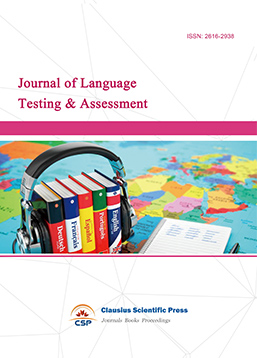
-
Information and Knowledge Management
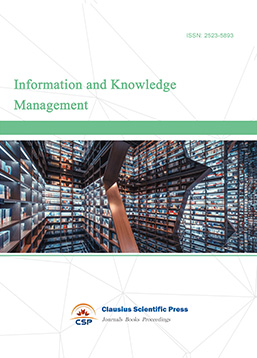
-
Military and Armament Science

-
Media and Communication Research
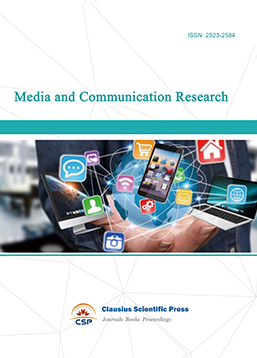
-
Journal of Human Movement Science
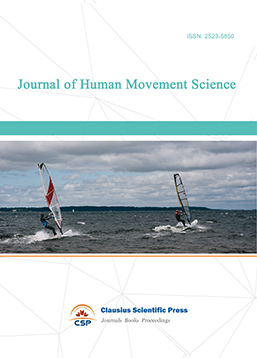
-
Art and Performance Letters
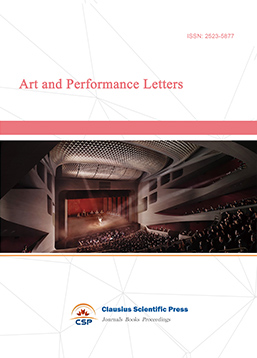
-
Lecture Notes on History
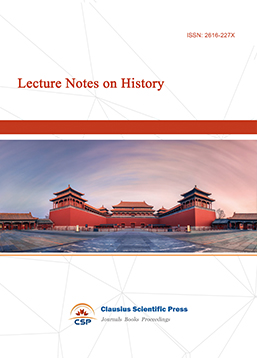
-
Philosophy Journal
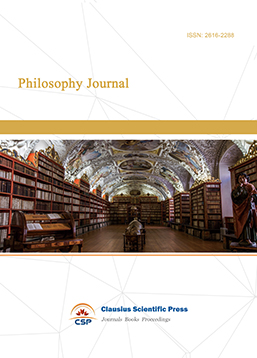
-
Science of Law Journal
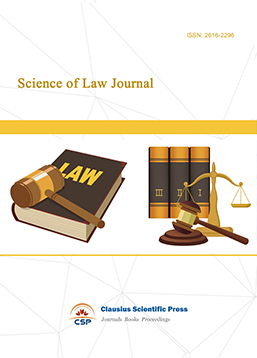
-
Journal of Political Science Research
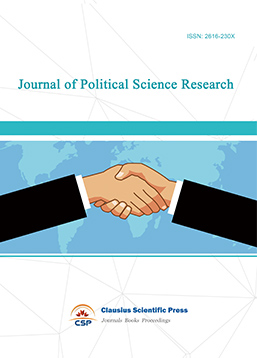
-
Journal of Sociology and Ethnology
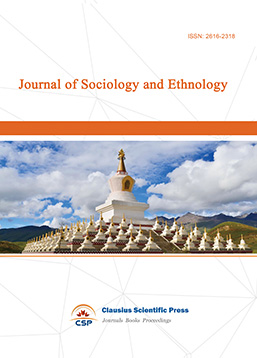
-
Advances in Broadcasting
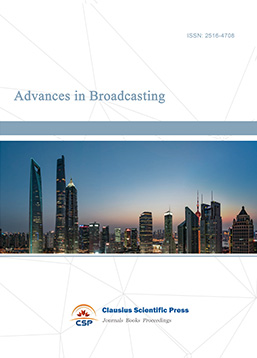

 Download as PDF
Download as PDF